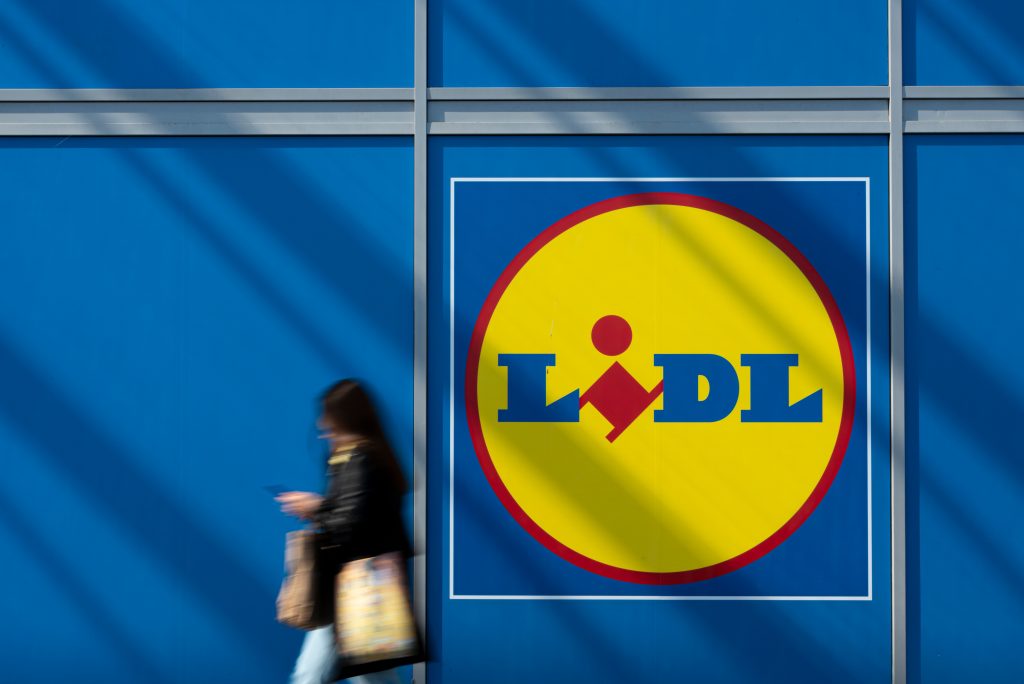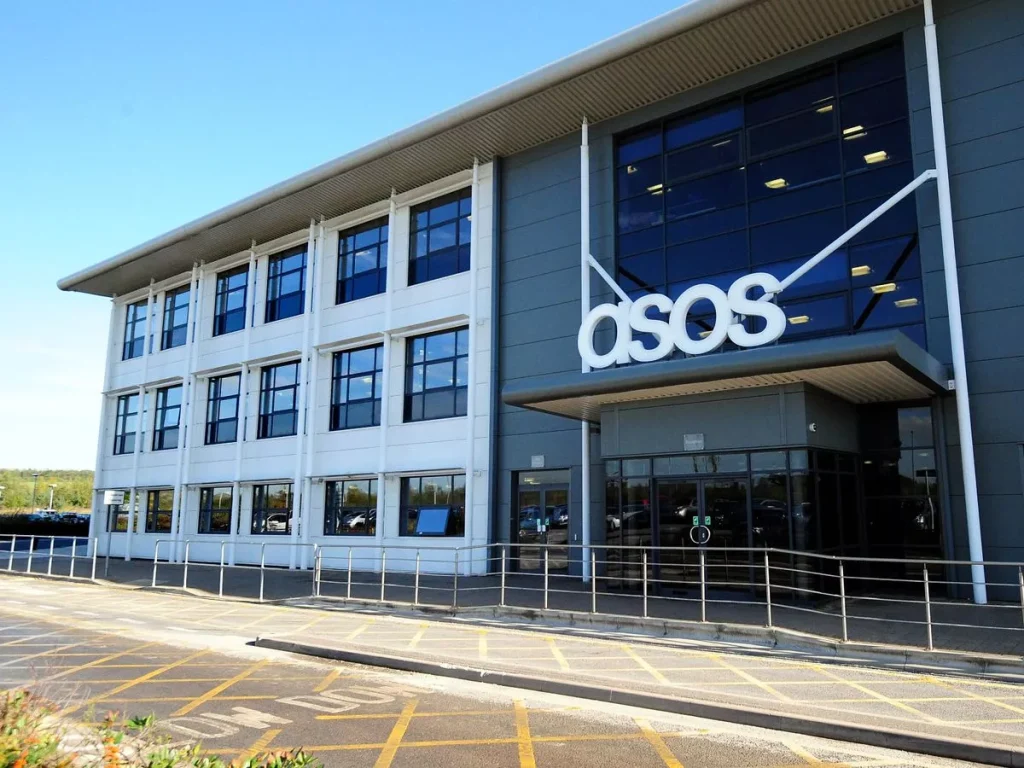Many businesses are increasingly looking to harness the power of social media not only as a communication tool, but as part of a multi-channel sales strategy.
A successful social commerce strategy has a lot to offer retailers, particularly in today‘s tough economic times. However, many retailers are blurring the line between social media and social commerce, making it hard for them to analyse and understand the benefits either has for the bottom line.
With many attempts at s-commerce amounting to little more than adding a ‘Like‘ button or setting up a Twitter feed, it is easy to see that many retailers have not yet fully grasped the concept, and that the easy option is not necessarily the most effective.
S-commerce in a box
When Facebook launched its own marketplace offering retailers a storefront, for example, a number of brands jumped at the opportunity to sell to consumers on the world‘s largest social network.
Many heralded the launch as the beginning of s-commerce proper, with the involvement of major players suggesting that the model would be a success.With underwhelming adoption and recent announcements from Gap, J.C. Penney, and GameStop, amongst others, closing their Facebook stores, it appears this has not necessarily been the case.
It is also demonstrates the importance of clearly distinguishing between a social media strategy and social commerce. While the former constitutes an important part of the latter, in no way should it be considered an s-commerce solution.
When it comes to signing up for ‘social in a box‘ solutions, Facebook is a prime example of how, by taking the easy road, brands run the risk of becoming a ‘dumb pipe‘.
By relying on Facebook as a commerce platform, retailers risk losing their customer relationship online. There‘s also a chance of becoming beholden to the social network for their online brand relationship, which may eventually result in an impact on their bottom line.
Being social in order to sell
According to Econsultancy, 90 per cent of online consumers trust recommendations from people they know, while an eCommera report states that 71 per cent of consumers say recommendations from friends or family are the single most important factor in the choice of the website they buy from.
So, businesses and brands should certainly take advantage of their customers‘ social network channels, but they should use these in a way that resonates with them.
Providing the right tools and features on a retail site will enable customers to enjoy online shopping in a social way – letting them compare opinions, share reviews and recommendations with like-minded friends and peers.
This will lead to a more personalised and social means of engagement than simply tweeting or ‘liking‘, allowing customers to be as sociable when shopping online as they would be in real life.
To fully realise the potential of s-commerce, retailers should first work towards making their own site truly social and provide a channel that allows users, where possible, to engage both directly with the brand as well as other consumers.
With a study by Foresee Results indicating that reviews and recommendations drive 21 per cent higher purchase satisfaction and 18 per cent higher brand loyalty, it‘s evident that, if done correctly, s-commerce could be a very powerful, not to mention profitable, tool, and will breed brand trust and shopping confidence.
By allowing customers to be social on their site, just as they would in a High Street store, retailers will have added another successful strand to their multi-channel sales strategy.
Anton Gething is the co-founder and product director of nToklo. Anton has over 10 years‘ international experience within the online and social media content space, with a focus on mobile, having gained a wealth of experie






















